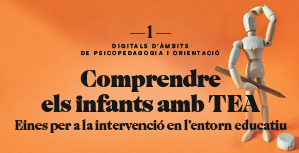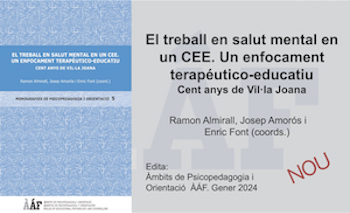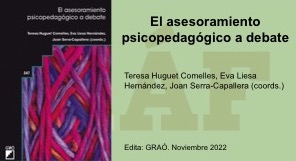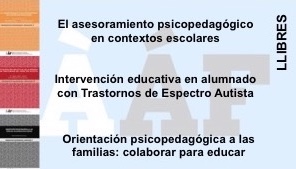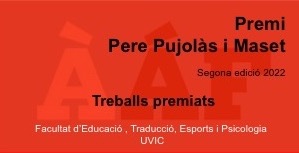The global restorative approach. A change of look is possible
DOI:
https://doi.org/10.32093/ambits.vi60504949Keywords:
Proactive strategies, learning, circle, team, communityAbstract
This article aims to explain our experience in Can Periquet High School, in Palau-solità i Plegamans, which was defined since its origin in 2017 as a restorative school. Our school’s educational project is based on the restorative approach as the guiding principle of all the relationships and connections that take place in the school. We use restorative practices to foster a positive school culture.
Nowadays, many schools are working towards implementing changes in their teaching programs and also in the teaching methodologies but it is still very difficult to see schools pursuing transformative changes in the way the school deals with relationships and connections within the school’s community, and this should be the prime base and foundation of any educational project. Restorative practices, in all their dimensions, go beyond conflict resolution skills such as mediation because restorative processes put the strength both in the prevention of conflicts and also in the provision of tools and resources to build a positive school culture. We are not talking about a magic wand that will solve and give answer to everything that happens in the classroom, hallway, playground, staff room, etc of our school. We are talking about providing all the members of the school community with tools and strategies to empower them to face and solve in a positive way all the conflicts that take place in a school on a daily basis. We are talking about social and emotional skills; listening with empathy; constructively communicating needs; problem solving; honoring and embracing differences in opinion, perspective, and experience; and taking responsibility for personal feelings. The restorative approach seeks to foster an equitable and positive school culture and shows us that a change in our perspective is possible.
References
Hopkins B. (2011). “The Restorative classroom. Using Restorative Approaches to Foster Effective Learning”. London. Optimus Education.

Downloads
Published
Issue
Section
License
Copyright (c) 2024 Montserrat Pedrol Llirinós

This work is licensed under a Creative Commons Attribution-NonCommercial-NoDerivatives 4.0 International License.
The authors maintain their copyright and give the right to the first publication of the work to the journal, registered under a Creative Commons Attribution-Non Commercial-NoDerivs license. This license allows others to download the works and to share them with others as long as they credit the author, but it does not allow for any kind of modification or commercial use.


